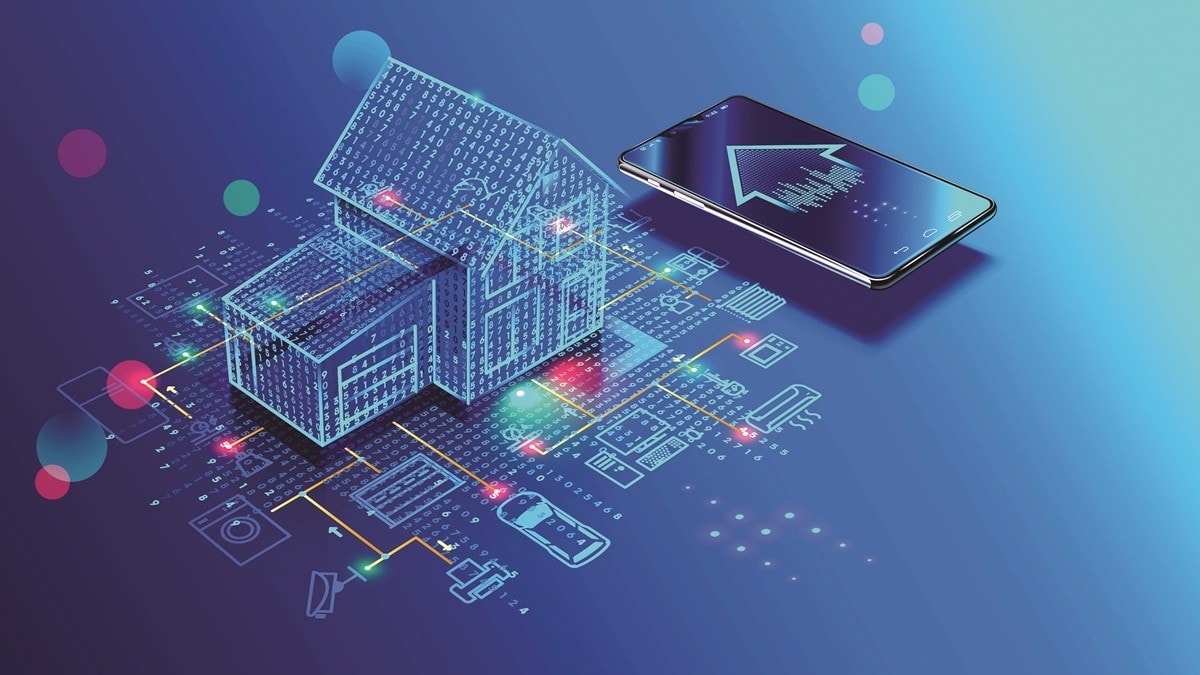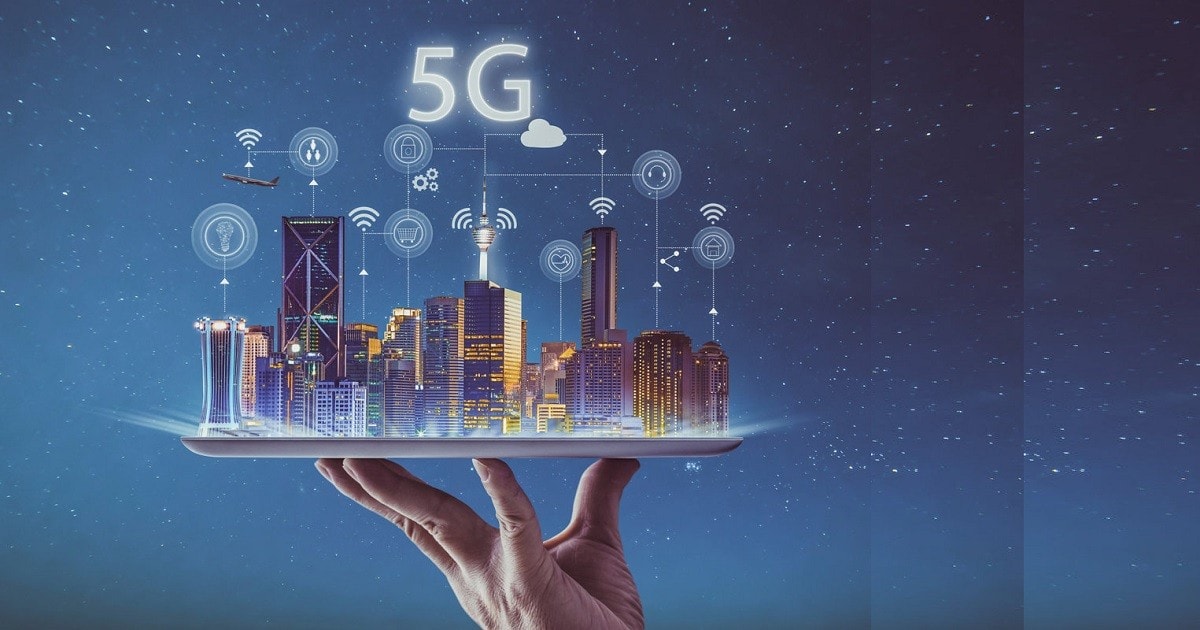A day in the era of IoT
Hạ tầng - Ngày đăng : 08:00, 14/05/2021

The core of the Industry 4.0 began with the Internet of Things technology (IoT)
We have been recently hearing the Industry 4.0 or the Digital Revolution. There have been many fields being researched and tested which will be widely applied globally as artificial intelligence, virtual reality, cloud computing, nano technology, bio-technology, self-driving cars, and 3D printers… However, the core of the Industry 4.0 began with the Internet of Things technology (IoT). Roughly, it can be understood that real-world objects will gradually be digitalized to connect with one another and users with the binary of “0” and “1”.
In a not very far future, not only will stages in production lines in factories be completely robotized, but also personal devices and globally already-known entities will be encoded as “digital versions”. Even each person can be identified by a database that has been synthesized from different operating environments as families, schools, hospitals and workplaces…
At the time, with signals from your digital devices as cars, laptops, smartphones and smart watches… together with images and sounds from outside as traffic cameras, global positioning system (GPS)… each of our behaviors also can be recognized by others if they want to, as a dolphin or a rhino with chips attached to their bodies by scientists- whose activities can be tracked even on the sea bed or in tropical forests.

In a not very far future, not only will stages in production lines in factories be completely robotized, but also personal devices and globally already-known entities will be encoded as 'digital versions'
Take a further step of imagination! There will come a time when people will no longer stand in factories or sit in offices for 8 hours a day as we are doing now. However, we are not running out of work; we work in a different way. Most of our activities in daily life are just having a glance in an intelligence device and giving some ‘commands’ by voice, or even by thought.
You want to have a bowl of mi Quang (noodles in Quang Nam style)… and a cup of coffee for breakfast? Just have a thought of it and choose lines of command on the latest generation Toshiba smart watch. Fifteen minutes later, you will hear the ‘whooping’ sounds from a drone which just parked at your balcony. A specialized robot comes out carrying a tray with a cup of coffee, a bowl of noodles and its spices and put it on your kitchen table.
It is not a “shooting- the- breeze” story! The U.S’s UPS has just successfully tested such a device that is able to take off from the roof of a parcel van. The special feature is the drone can automatically do deliveries and then returns to the van to resume its travel to a new location. Other famous retailers as Amazon, Wal-Mart, 7-Eleven are in the race of carrying out delivery services with similar devices. Advanced Tactics’ Robot Panther can either fly or run as a car depending the terrain conditions.
Back to your hypothetical morning. While eating noodles, you order the Samsung smart TV to turn on the news program. And you are especially interested in a clip of a small town by the river having been washed away after the flood. You come up with an intention of writing an investigating report to warn the public, you have a look at your watch and “release” some thoughts…
The Dutch automatic “flying car” PAL-V version 9.5 gives out beep signals in the garage and rolls to wait at the door step. You just sit in it after giving orders to turn off the TV, air-conditioners and to lock the doors. The “flying car” slowly runs out the gate and get onto the expressway according to the set routes. It is still a car, but running at the speed of a Formula-1 racing car. If it encounters minor obstacles as a deer walking past or a drunk dogging in and out in the opposite direction, it will know what to do with its sensors. Suddenly it stops, fling open its two propellers and rises straight up as a helicopter. It then spreads its aerodynamic wings, folds its propellers and soars south with the speed of a Blackbird when it “feels” the solar panels on the back having charged enough for the flight. A journey of over 1,000km from you house to the riverbank- where there was a landslide- took only 30 minutes for the PAL-V to run and fly. During the time, you can watch other flying cars soaring across the sky like swallows in spring.
Hypothetically, the small town by the river disappeared completely. You are wandering along the river bank and make a connection with the “big data” system to find out the fact. No connections to... At the river mouth, big ships are still there exploiting sand. Suspecting they are ‘ill-legal sand exploiters’, you access to the ‘digital versions’ of the ships. Suddenly, your smart watch goes off. You jerks your chin up and then hear a mysterious voice: “Hey, why are you here? Want to butt in our business… again?”. You startle and shut down the smart watch. It becomes ‘a marker’ for your presence. You call the PAL-V and hustle in the cockpit.
You turn off all cameras and its data transmission systems in the cockpit. And you drive it home in a normal way with worries…
